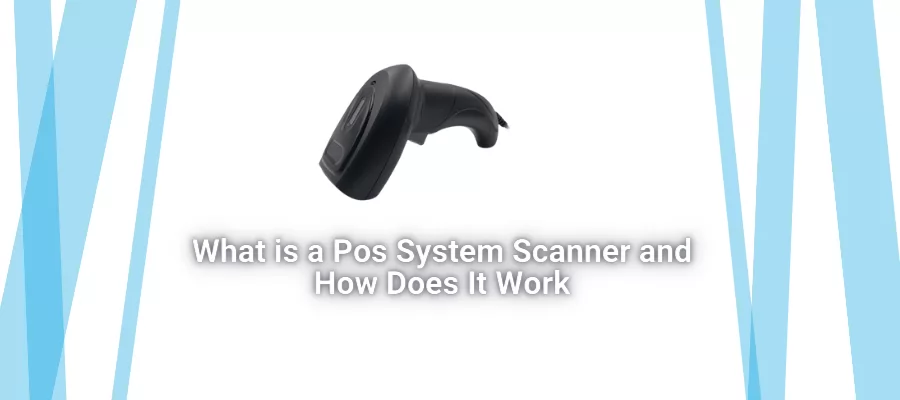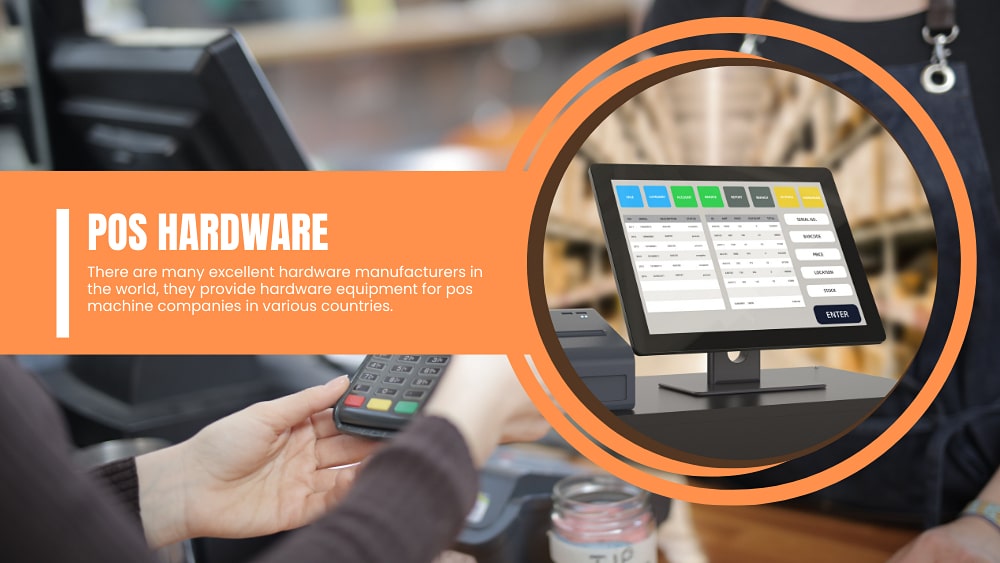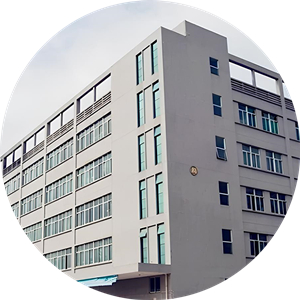

The scanner is an instrument used in commercial POS systems. There are two main categories: one is the application of general-purpose trackers and commercial scanners. There are three types in business: CCD scanners, laser handheld scanners, and full-angle laser scanners. Different barcode scanners are also called barcode readers and barcode scanners.
POS system scanners use photoelectric principles to convert barcode information into computer-acceptable information input devices, which are often used in libraries, hospitals, bookstores, and supermarkets. As an input method for fast registration or settlement, it directly reads the barcode information on the product packaging or printed matter and enters it into the online system.
1. The POS system scanner is a device used to read the information contained in the barcode. The structure of a barcode scanner usually consists of the following parts: light source, receiving device, photoelectric conversion element, decoding circuit, and computer interface.
2. The basic working principle of the POS system scanner is that the light emitted by the light source illuminates the bar code symbol through the optical system, and the reflected light is imaged on the photoelectric converter through the optical system to generate electrical signals. The signal is amplified by the circuit and generates an analog voltage, which is reflected on the bar code symbol. After filtering and shaping, the returned light is proportional to the square wave corresponding to the analog signal. The decoder interprets it as a digital signal, which can be directly accepted by the computer.
3. Ordinary barcode scanners usually use the following three technologies: two-dimensional, CCD, and laser. They all have their own advantages and disadvantages. No scanner has advantages in all aspects.
The commodity barcode consists of three parts: manufacturer identification code, item code, and a check digit.
The basic principles of commodity barcode encoding: uniqueness, stability, and meaninglessness.
The coding principle of commodity barcode commodity coding refers to the process of identifying commodities with a set of Arabic numerals, called coding. The structure of the International Universal Commodity Code (EAN code) and the North American Universal Commodity Code (UPC Code) are different.
The uniqueness principle is the basic principle of commodity coding. This means that the same commodity should be given the same commodity code, and commodities with the same basic characteristics should be regarded as the same commodity; different commodities must be given different commodity codes. Commodities with different basic characteristics are regarded as different commodities.
The meaningless principle means that each number in the product code does not represent any specific information related to the product. Meaningful code usually leads to loss of coding ability. When the manufacturer writes the product code, it is best to use a meaningless process number.
For some commodities, additional information may be required during the circulation process, such as production date, expiration date, batch number, and quantity. At this time, the application identifier (AI) can be used to meet the marking requirements for additional information. The application identifier consists of 2 ≤ 4 digits and is used to identify the meaning and format of subsequent data.

The future of pos system scanners is vast. Jassway is a manufacturer specializing in the production of pos hardware equipment. Specially provide various pos terminal equipment to overseas institutions. If you have any needs in this regard, please contact us.
.png)







